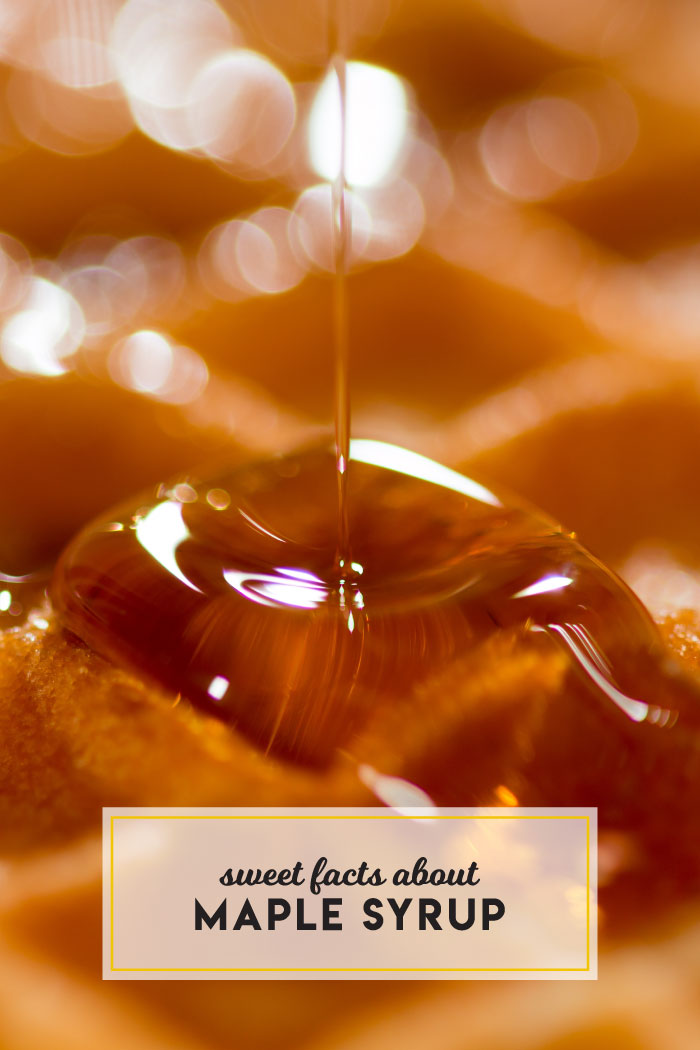Sweet Facts About Maple Syrup
Maple syrup is a staple in many households…especially in New England! There's not much better than homemade pancakes or waffles covered in ooey-gooey sweet and sticky maple syrup (or if you like mixing sweet and savory, you can live your best life with these maple bacon cupcakes!). But have you ever given much thought as to how maple syrup actually gets made? If there's ever a time to think about the process, it's now as maple sugaring season in New England is kicking into gear.
Sweet Facts About Maple Syrup
There are many legends about how maple sugar was first discovered. One Iroquois legend tells how Chief Woksis had thrown his tomahawk into a maple tree one winter evening. After he removed it, the weather turned sunny and warm. Sap began to flow from the cut in the tree.
Late February, early March sugar maples get "tapped," which means a spout is inserted into the tree. The sap is then collected as it "runs" when nights are cold (25° F or below) and days are warm (40° F or above). This seems to be happening earlier and lasting for a shorter amount of time, due to the changing climate.
While all maples have sap, sugar maples are the best for sugaring. Their sap has higher concentrations of sugar, producing better flavored syrup.
Once the sap is collected, it heads to the evaporator, where it boils down, creating the steamy plume that makes everything smell so sweet. Come see this in action at Mass Audubon's Drumlin Farm in Lincoln!
It takes 4 to 6 hours of continuous boiling before the sap reduces enough to become delicious maple syrup. It gets strained and bottled and then it's ready to eat!
In an average year, you may get 15-25 gallons of sap from each tap. It takes 40-60 gallons of sap to make 1 gallon of maple syrup. This means about 2-3 pints of syrup/tap in an average season.
Craving More Maple Syrup Goodness?
Mass Audubon's wildlife sanctuaries celebrate sugaring season every year! Register early for events as space is limited!
Sugar on Snow is a lovely, illustrated picture book that tells the tale of how sap is harvested and turned into maple syrup with the help of everybody in a traditional New England farm family.
Find lots of information about the process, how to do it yourself, and a map of sugarhouse locations from the Massachusetts Maple Producers Association.
Using Maple Syrup Beyond Pancakes
Maple syrup is the condiment that keeps giving! In addition to a pancake or waffle topper, you can add it to oatmeal, boil with hot dogs, drizzle on popcorn, or combine with vanilla ice cream.
Sweet facts about maple syrup

